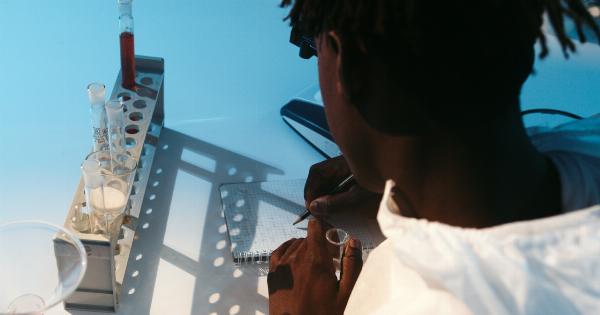Back pain is a common ailment that affects people of all ages and backgrounds. It can be caused by a variety of factors, ranging from poor posture to serious medical conditions.
Understanding the root cause of your back pain is crucial to finding effective treatment and preventing further complications. In this article, we will explore seven common causes of back pain that require immediate attention.
1. Muscle Strain
One of the most common causes of back pain is muscle strain. This occurs when the muscles in your back are overstretched or torn, resulting in pain, stiffness, and limited mobility.
Muscle strain can be caused by sudden movements, lifting heavy objects incorrectly, or poor posture over time.
2. Herniated Disc
A herniated disc occurs when the soft, gel-like center of a spinal disc pushes through a weak spot in the outer layer. This can put pressure on nearby nerves, causing back pain and other symptoms such as numbness or tingling in the legs.
Herniated discs can be caused by age-related wear and tear, improper lifting techniques, or spine injuries.
3. Sciatica
Sciatica refers to pain that radiates along the path of the sciatic nerve, which runs from the lower back through the hips and buttocks down to each leg. It is usually caused by a herniated disc or bone spur that compresses the nerve.
Symptoms of sciatica include sharp or shooting pain, numbness, and muscle weakness in the affected leg.
4. Osteoarthritis
Osteoarthritis is a degenerative joint disease that commonly affects the spine. It occurs when the protective cartilage between the spinal joints wears down over time, leading to pain, stiffness, and reduced mobility.
Age, genetics, obesity, and previous spinal injuries can increase the risk of developing osteoarthritis.
5. Spinal Stenosis
Spinal stenosis is a condition characterized by the narrowing of the spinal canal. This puts pressure on the spinal cord and nerves, leading to back pain, numbness, and weakness.
The most common cause of spinal stenosis is age-related wear and tear, but other factors such as arthritis, herniated discs, or tumors can also contribute to its development.
6. Scoliosis
Scoliosis is a condition that causes an abnormal curvature of the spine. This curvature can lead to back pain, muscle imbalances, and limited mobility.
While the exact cause of scoliosis is often unknown, it can be congenital (present at birth) or develop during adolescence due to growth spurts or underlying medical conditions.
7. Infection or Tumor
In rare cases, back pain can be a symptom of an underlying infection or tumor. Spinal infections can result from bacteria or fungi entering the bloodstream and spreading to the spine, causing pain, swelling, and fever.
Tumors in the spine can be cancerous (malignant) or noncancerous (benign) and may cause localized pain or spread to other parts of the body.
It is important to consult a healthcare professional if you experience persistent or severe back pain, especially if it is accompanied by other concerning symptoms such as fever, unexplained weight loss, or changes in bowel or bladder function.
In conclusion, back pain can have various causes, and understanding the underlying factors is key to effective treatment and prevention.
Muscle strain, herniated discs, sciatica, osteoarthritis, spinal stenosis, scoliosis, and infection or tumors are all potential culprits behind your back pain. Seek medical attention if your pain persists or worsens, as early diagnosis and intervention can lead to better outcomes.





























